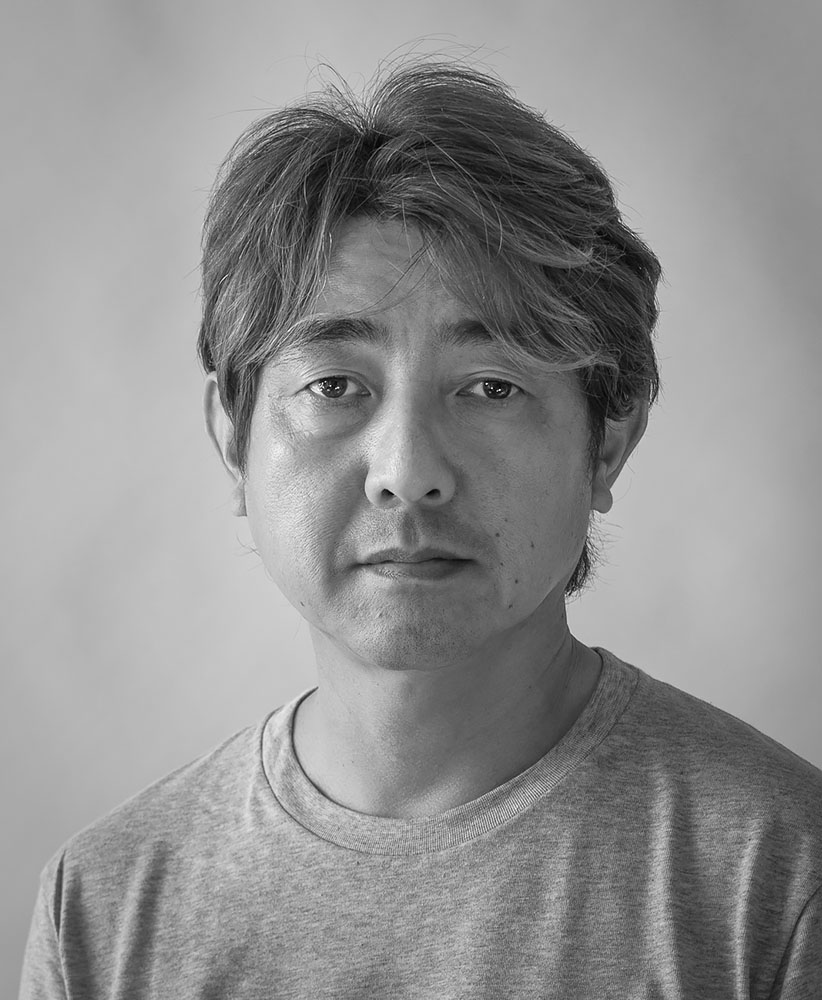Taisuke was born in Nagoya, Japan in 1969.
After graduating from the Department of Sociology at Ritsumeikan University, Kyoto, Japan, he worked in housing sales and management for a major Japanese housing company. When he turned 50, he chose to spend his life exploring arts, photography and its philosophy, then turned to be a photographer.
He takes pictures in the style of street photography. They have some feelings, lonely, surreal, and humorous. He also has a unique sensitivity to the distance between society and people, and the perspective from which he views them. This is because when he was a boy, he moved every three years due to his father's job transfer.
As a result, he learned how to blend in quickly and get along with the existing community by observing closely and understanding the distance and atmosphere between people. This is because in Japan's collectivist and relationship-oriented society, it is difficult to join an existing group.
In addition, the fact that he himself is an existence that "Appears one day and disappears the next" has given him a subjective and objective perspective and thinking, but even so, in Japanese society dominated by the exclusivity of the community and "the Atmosphere of the place", his identity without a hometown or geographical ties is very uncertain and unstable.
For this reason, his works are photographed with a unique sensibility, and their atmosphere reflects his worldview.
His main theme is the relationship between himself, people, and society. In his work, he presents a methodology that takes a multifaceted view of human life and society and transforms it into a "Acceptance of impermanence".
And more, he has deep insights into social behavioral psychology, social science, mental health, social class, Japanese organizational philosophies, housing and family, which are largely reflected in his work.
